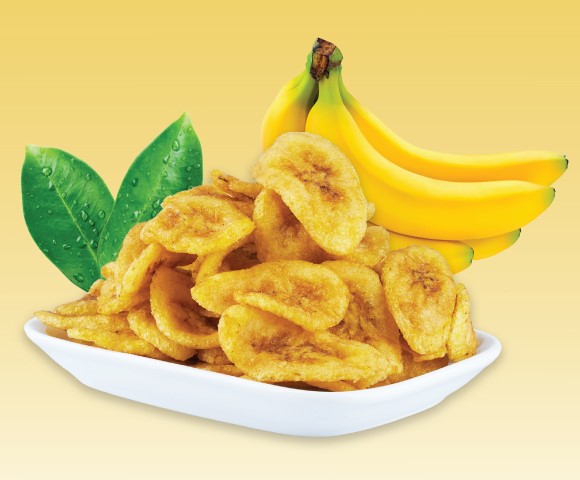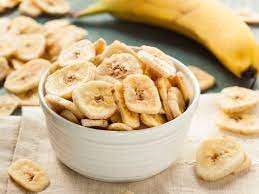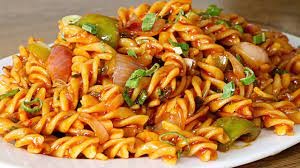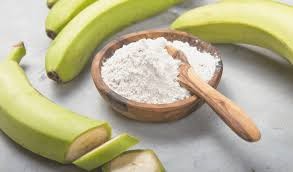
Bananas are consumed as ripe fruit, whereas plantains, which remain starchy even when fully ripe, need cooking for palatability and consumption. Originally crops from humid tropics, they have acclimatized to a broad range of climatic conditions. While bananas have come to occupy the status of a high-value, commercial crop, plantains have remained a staple food of many ethnic groups. Irrespective of their commercial status, banana and plantains are referred to as ‘Poor man’s fruit’.
Banana is globally ranked fourth, next to rice, wheat, and maize in terms of the gross value of production. It is a major staple food crop for millions of people as well as provides income through local and international trade. Among the starchy staple food crops, banana ranks third with respect to total production. Though cassava and sweet potato are positioned as first and second respectively, banana and plantain have almost equal importance in all the tropical regions of the world.
Bananas and plantains are rich in nutrients, starch, sugar, and vitamins A and C, potassium, calcium, sodium, and magnesium. Plantains are nutritionally low protein food material but relatively high in carbohydrates, vitamins, and minerals. Several changes take place inside the fruit that influences its appearance, flavor, texture, and nutritive value, and that cause it to age and subsequently to rot and decay. Bananas are of high water content. When harvested, bananas can no longer replace the water that is lost from the peel. They are, therefore, subject to shriveling and weight loss resulting in a loss in their marketable weight and their visual quality, if stored under conditions of low humidity. Good post-harvest handling practice is important in maintaining the quality and assuring the safety of the banana fruit as it moves through the supply chain from producer to consumer. Over-ripening and mechanical damage caused by bruising and compression are the main causes of losses in banana supply chains. Post-production losses of bananas can be reduced by adopting various post-harvest management practices.
Bananas can be processed into different value-added products to enhance their shelf life and market value. Processing is recognized as a way of preserving the fruit. The ripe banana can be utilized in a multitude of ways in the human diet, from simply being peeled and eaten out of hand to being sliced and served in fruit cups and salads, sandwiches, custards, and gelatins, being mashed and incorporated into ice cream, bread, muffins and, cream pies. Thousands of value-added products can be made from bananas. Some of the value-added products are briefed below.
1. Vacuum Fried Banana Chips
Banana chips, one of the Kerala origin snacks made by deep-frying raw or ripe bananas usually in coconut oil. Banana chips contribute to the value addition of bananas to extend their shelf life but this deep fat frying of bananas increases the oil content and darkens the colour of chips due to their sugar content. This condition can be controlled by novel frying technology in which frying the raw or ripe banana under reduced pressure is called vacuum frying technology. The raw banana chips are produced without removing the peel, this could enrich the fiber content of the banana chips and also enhance their appearance.

The attractive factor of vacuum frying is that the oil can be reused more than 60 times and the quality is maintained. The vacuum fried product has very little oil content, nearly 90% of oil can be reduced compared to atmospheric fried banana chips. The fried banana chips made from this vacuum frying technology can be stored for more than three months under active modified atmosphere packaging using nitrogen flushing.
2. Osmo Vacuum-IMF Dried banana
Osmotic dehydration is one of the food preservation techniques used for partial removal of water from fruits by immersing in aqueous solutions of high osmotic pressure viz., sugar and salts. This could be prepared by a two-stage drying process i.e., osmotic dehydration followed by any other secondary drying. The ripen banana is sliced and soaked in sugar syrup for osmotic dehydration and further dried using a cabinet dryer/blancher cum drier during the preparation of IMF dried banana. Osmo-vac-dried banana is an intermediate moisture food product and is not only delicious but also conserves attractive colour and nutritional elements. This processed product has a shelf life of six months, which could reduce the wastage of surplus ripened bananas.

Banana Flour Based Ready-To-Eat Products
Nowadays consumers are trending towards healthy nutritive processed products and also ready-to-eat foods. Diversified combinations of banana flour and other healthy ingredients such as Njavara rice, yarm powders, ragi flour, etc can be utilized for the development of healthy RTE products. These healthy banana-based RTE products can be stored for up to six months under active modified atmosphere packaging using nitrogen flushing.
1. Fibre Enriched Banana Peel Pasta
At present, consumers are focusing on healthy and nutritive processed products. The pasta that we usually get in the market has refined wheat flour as a major ingredient. In the nutritional aspect, fibre enriched pasta has good marketability. Banana peel is a major byproduct of the banana flour industry; it has good fibre content and can be used for making pasta. The banana peels are washed, blanched, dried, and powdered to form banana peel powder. All the processing parameters to produce banana peel powder are standardized. The produced banana peel powder is then used to fortify wheat flour in a different ratio to produce banana peel pasta. This standardized fiber-enriched pasta is good for weight loss, rich in antioxidants, and reduces constipation problems. The shelf life of banana peel pasta is more than one year.

2. Raw Banana Flour
Banana flour contains a high amount of starch hence it is used for the formulation of nutritious weaning mixes and supplementary foods. The plantain flour has a good potential for use as a functional agent in bakery products on account of its good water absorption capacity. Banana flour is a powder made from processed bananas. Post-production losses of bananas can be reduced by adopting various post-harvest management practices. The blanching, drying parameters are standardized and the developed banana powder has a shelf life of more than one year.

3. Raw Banana Flour Ethnic Health Mix
The banana flour contains essential nutrients and is easily digestible. But the protein source is not complete in a banana so to complete the nutritive need of an individual, fortifying the standardized banana flour with finger millet flour is done. To provide cheap and complete nutrition for the diet addressing all ages of people, this ethnic health mix was formulated. Different proportions of ragi, banana, and sugar powder were mixed and were standardized through quality and sensory analysis. The quality and shelf-life studies with sensory analysis have been done for the developed product. The shelf life of the ethnic health mix is found to be more than one year.
(Content Shared by Dr. K. P. Sudheer, Professor & Head, RAFTAAR Agri-Business Incubator, College of Agriculture, Department of Agricultural Engineering, Kerala Agricultural University)